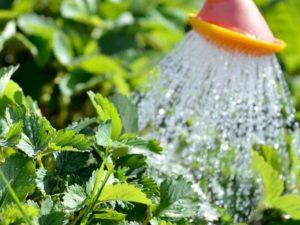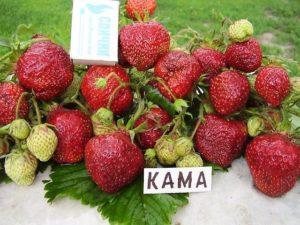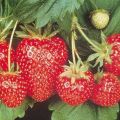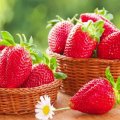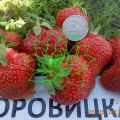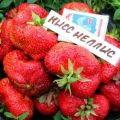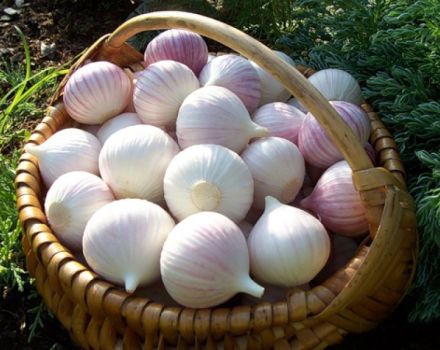Description and characteristics of the Malvina strawberry variety, planting, growing and care
Among late-ripening strawberry varieties, Malvina is one of the most common. Plants bear large berries with a pronounced taste and juicy pulp. The hybrid bred in Germany is superior to other varieties in many respects, but has a number of cultivation nuances.
Description and characteristics of the Malvina variety
The Malvina variety has several distinctive features and characteristics. When choosing this variety of strawberries for growing in a summer cottage, you should first study the detailed description.
Yield
From one bush, you can collect from 700 g to 1 kg of berries. The yield indicator depends on the surrounding climatic conditions, agricultural technology, soil type and other external factors... Over time, the amount of harvest decreases, so it is recommended to periodically reproduce the bushes and remove unproductive specimens.
Fruit
Berries of the Malvina variety are large, dark crimson in color with a pronounced shine. The shape of the strawberry is cone-shaped, the average weight varies between 40-60 g.
Transportation
The dense pulp allows you to transport the harvested crop. During transportation, the berries do not lose their presentation and high taste.
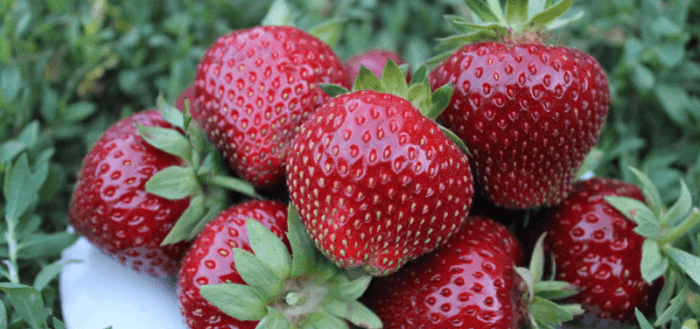
Bushes
Strawberry Malvina ripens on strong bushes with large leaves of a shiny green color. Plants are inclined low to the ground, so that soil moisture remains longer.
Peduncles
At the beginning of the summer period, 5-8 flower-bearing horns are formed on the bushes. Each of them has 6 inflorescences. The flowers are self-pollinating, which simplifies the maintenance process.
Breeding history
Strawberry Malvina is a hybrid cross between Sophie and a clone from Schimmelpfeng and Weihenstefan. The variety is bred as a result of the work of breeder Peter Stoppel from Germany.
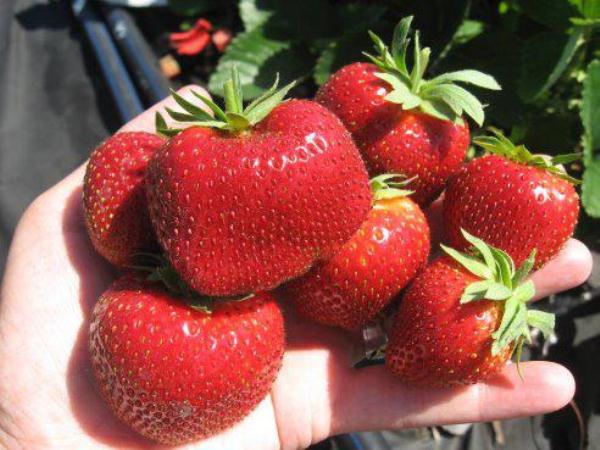
Pros and cons of strawberries
The Malvina variety has several positive and negative qualities. The pluses include:
- plants are resistant to adverse weather factors and undergo temporary cold snaps;
- bushes bear fruit within a month, which allows you not to stretch the harvest for a long period;
- the variety forms a large number of shoots, which makes it possible to actively propagate fruiting bushes;
- berries in rare cases are exposed to diseases and pests;
- the harvested crop is suitable for universal use, including fresh consumption, processing and storage.
Among the disadvantages are the following:
- on the bushes there may be not fully formed leaves due to the genetic heredity of the variety;
- the Malvina variety does not tolerate drought well, so you need to regularly monitor soil moisture.
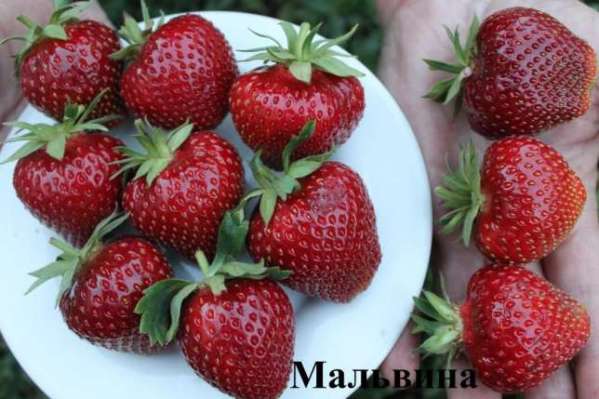
How to plant Malvina
When planting strawberries, a number of standard rules must be considered. An integrated approach to cultivation will allow you to get a crop with high taste characteristics in due time.
Preparation of planting material
Before planting seedlings in a permanent place, several preparatory steps are required. Seedling roots are soaked for 1.5-2 hours in a solution of a growth biostimulator.
This allows plants to quickly adapt to new conditions and actively continue their development.
When selecting young bushes for planting, it is necessary that 3-5 leaves are formed on them. The roots should be flat, with no signs of decay. The optimum length of the seedling roots is 10-12 cm, otherwise the roots are cut with scissors.
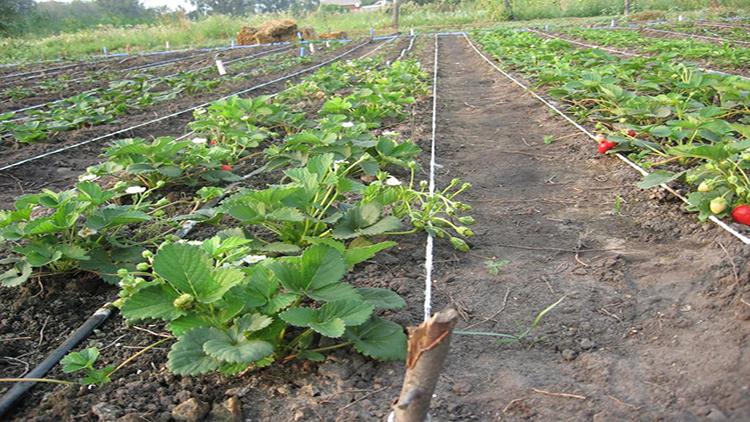
Selection of a place and terms
For growing strawberries Malvina, a flat, well-lit area, protected from blowing through, is suitable. The site can be located on a small slope, towards the south or southwest.
Particular attention should be paid to the type of soil - the best option would be loosened, cultivated and cleared of weeds. The Malvina variety will bring a large harvest when planted in sandy loam, loam and black soil. Strawberries of this variety are grown in one place for 5 years. Planting berries alternate with roots, herbs, flowers and legumes.
Planting times vary by region. The most promising option is spring planting. In the southern regions, sowing is performed in April, and in the middle lane - in early May. If the bushes have budded early, it is allowed to plant new plants in early autumn so that they have time to take root before the onset of frost.
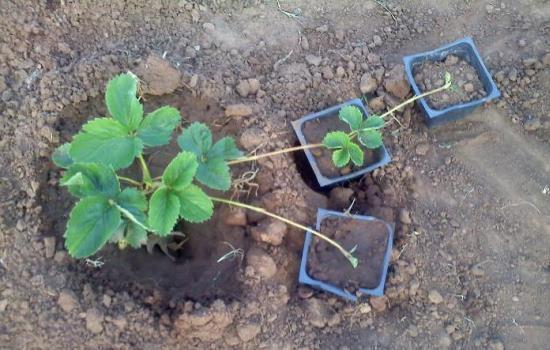
Site preparation
Strawberry beds are prepared in advance. If an autumn planting is planned, preparation is carried out at the end of summer; if in spring, digging and feeding is required in September. In the preparation process, you must:
- Dig up the area to a depth of 20-30 cm. To make it friable after digging into the heavy soil, add river sand and organic matter.
- Add compost or rotted manure at the rate of 1 bucket per square of land. Organic fertilizers can be replaced with nitrophos.
- Check the acidity index of the soil. The ground should be slightly acidic or neutral. If the indicator is less than 5.5, dolomite flour treatment is carried out.
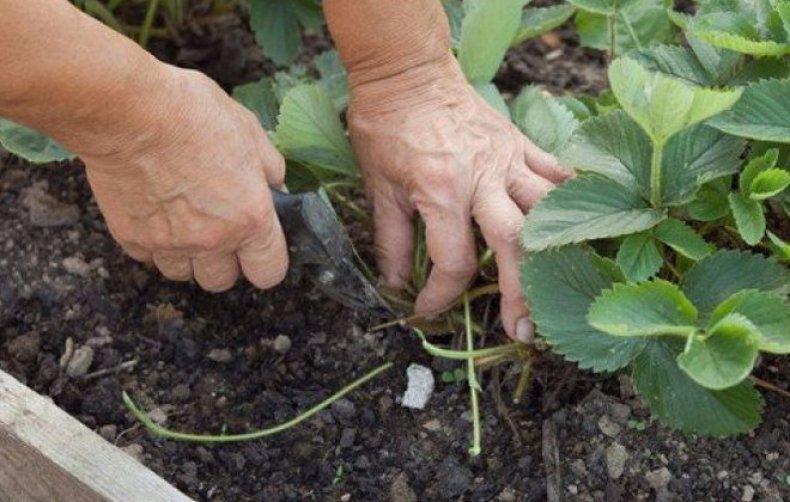
Landing scheme
The Malvina variety is recommended to grow in a one-line pattern. A distance of 90 cm is left between the rows, 20 cm between the bushes. Over time, the aisles are filled with growing shoots, which are formed by rooting outlets.
Further care of the berry
To achieve high flavor characteristics from the crop, it is necessary to provide comprehensive care throughout the growing process. Strawberries are unpretentious in care, but only when performing basic agrotechnical techniques, they intensively bear fruit.

Watering frequency
Watering the strawberries is essential for fast rooting and root development. Moisturize the soil early in the morning or late in the evening, avoiding water getting on the leaves. If the plants were planted in the fall, the bushes are watered when the growing season begins - at the end of April.The standard amount of watering is 1-2 times a week, but the frequency may vary depending on precipitation and climate.
Feeding rules
You need to apply fertilizer to the soil several times during the season. With the active growth of foliage on recently planted bushes, the soil is fertilized with nitrogen, which favors the formation of berries. A solution of ammonium nitrate and urea are suitable for this purpose. During the flowering period of strawberries, complex mineral fertilizers with a high content of potassium and phosphorus are applied to the soil.
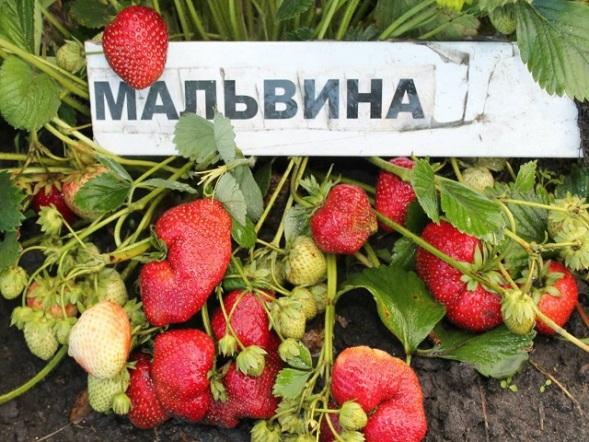
After harvest, fertilizing is used to form strong fruit buds. In this case, the soil is treated with superphosphate or sodium chloride. From organic fertilizers, you can choose a solution of wood ash, superphosphate and cow dung.
Preparing for winter
In anticipation of the winter period, strawberry bushes are covered with a layer of mulch or protective material. In an area with a cold climate, it is better to give preference to the second option so that the plants do not die due to a strong drop in temperature. The use of shelters allows you to maintain a comfortable microclimate near the bushes.
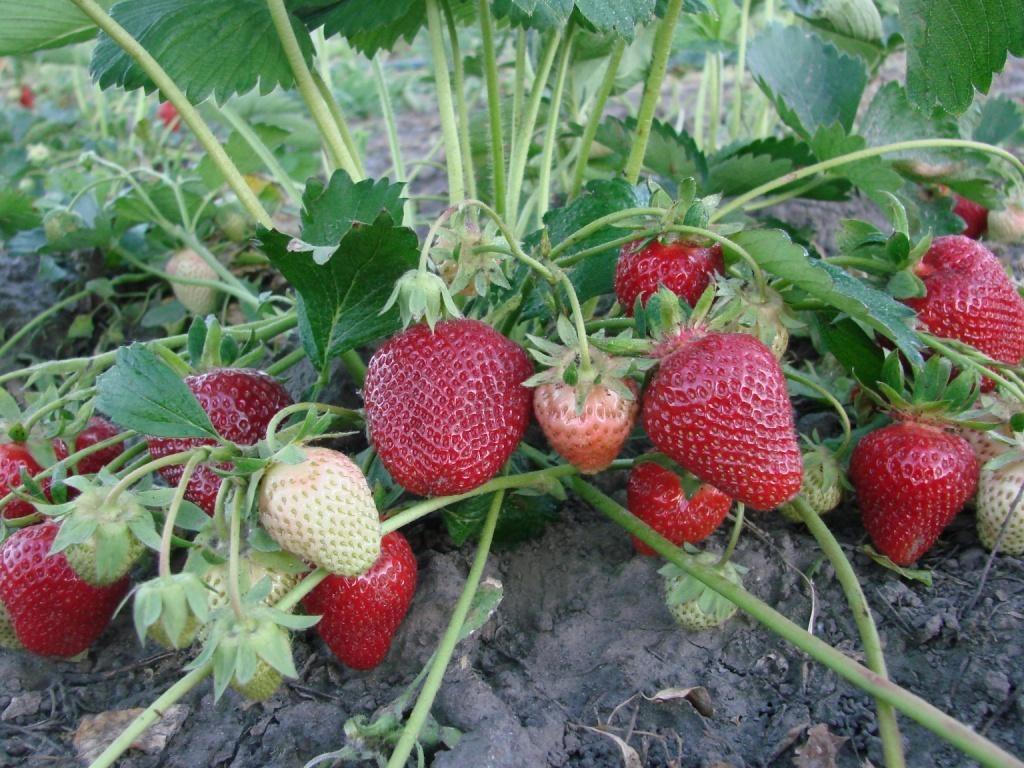
Disease and pest control
When growing strawberries, it is recommended to periodically inspect the plantings in order to timely notice signs of infection and pests. With improper care, berries can be infected with verticillosis, brown spot and fusarium. Among the pests of Malvina strawberries, thrips and weevils are often found.
To eliminate diseases and scare off harmful insects, it is necessary to carry out protective spraying with insecticidal and fungicidal preparations. It is also recommended to carry out preventive treatment of the beds 1-2 times during the season.
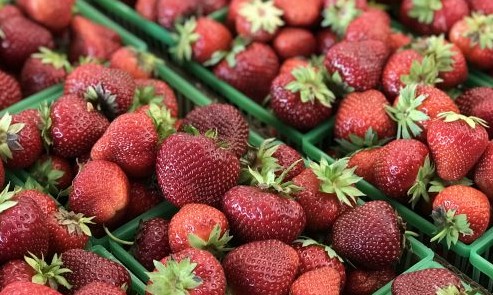
Cleaning and storage
Ripe berries can be picked by hand or cut with the stalk. To save time on picking berries, sorting is best done directly during harvesting. Rotten and damaged specimens should be discarded, as they can lead to damage to the rest of the berries.
The selected crop must be stored in the refrigerator or freezer. Berries can be poured into a container and left in a special compartment for fruits and vegetables, where the optimum temperature is maintained. If you want to freeze the berries, it is better to put them in a plastic bag. When placing strawberries for storage, do not sprinkle them in many layers so as not to crush the lower berries.
